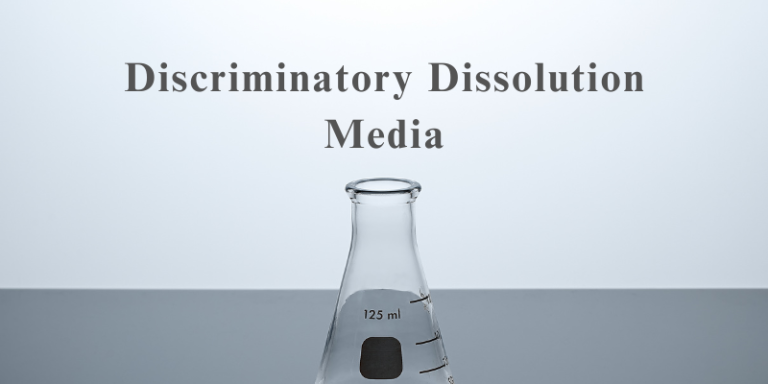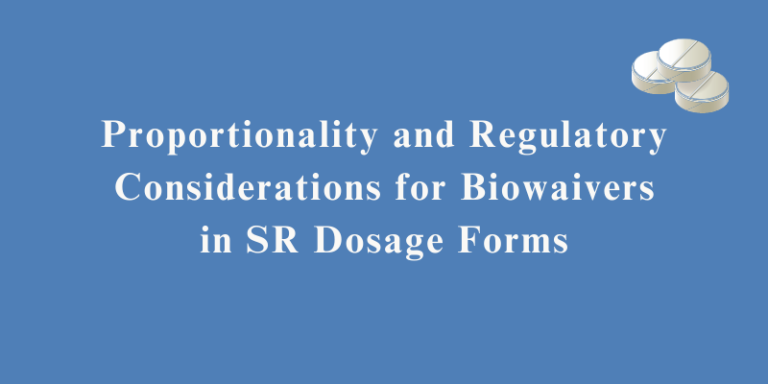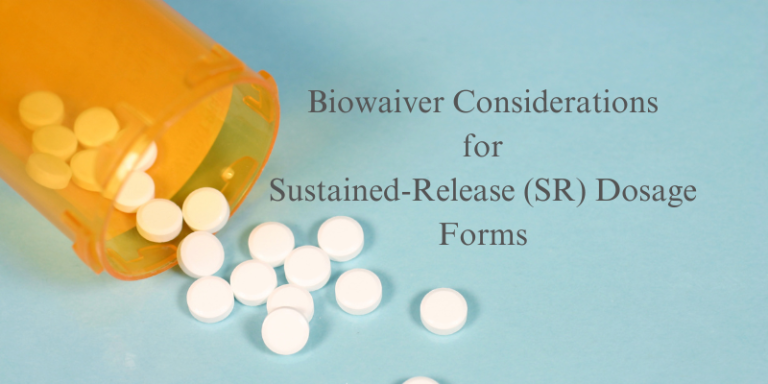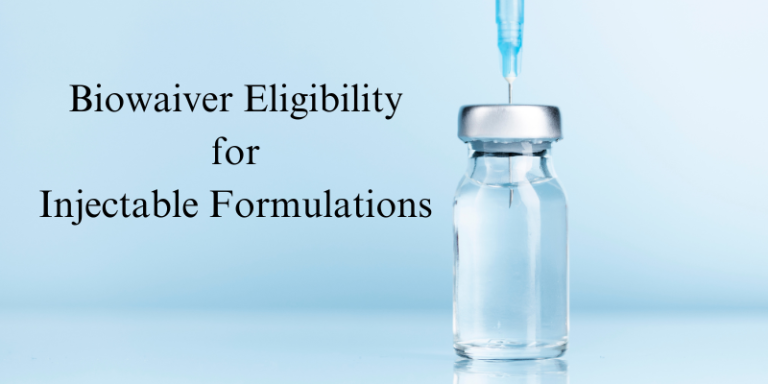Identifying Discriminatory Media and Its Role in Biopharmaceutical Studies
What is a Discriminatory Medium? A discriminatory medium in biopharmaceutical studies is a dissolution medium that can effectively differentiate between formulations based on their in vitro drug release characteristics. It is designed to highlight differences in formulation, process variables, or drug substance properties that may impact in vivo performance. Why is a Discriminatory Medium Important?…






